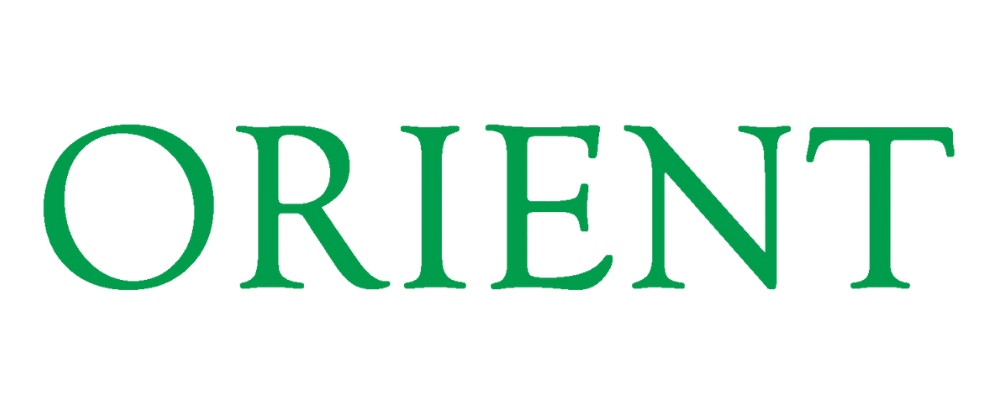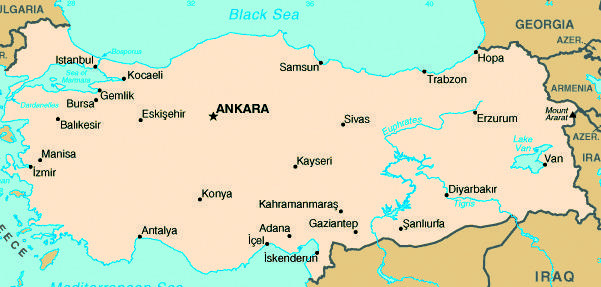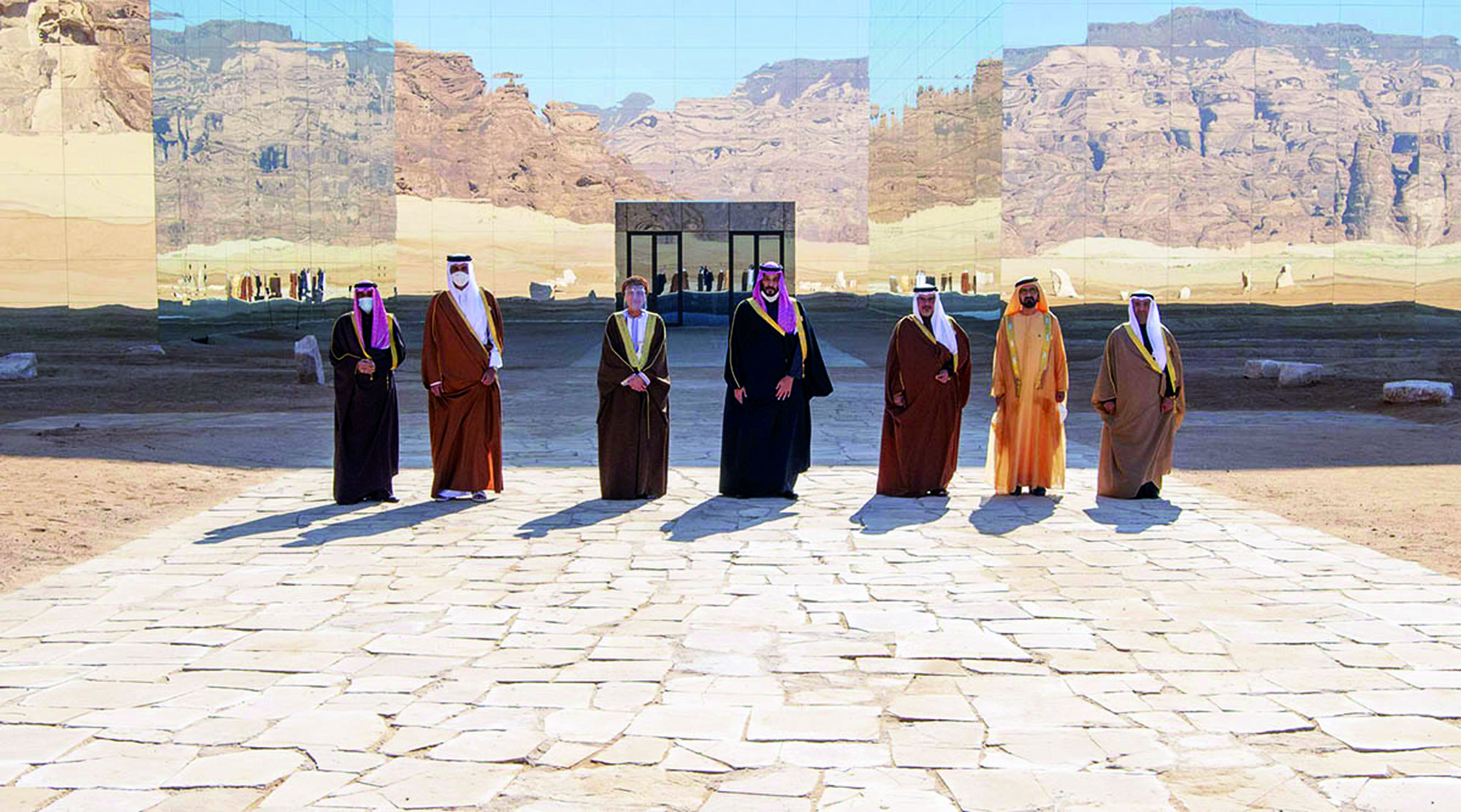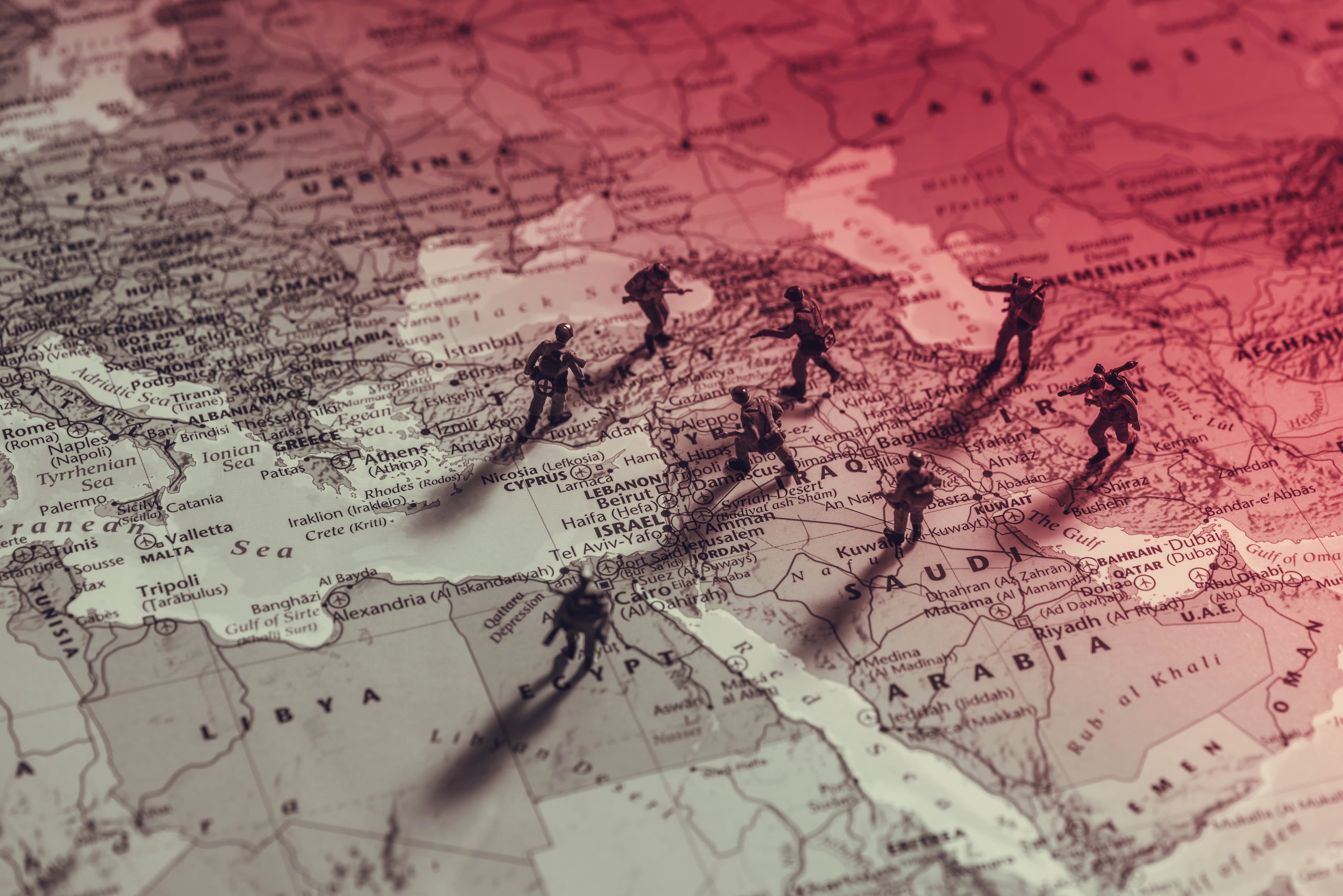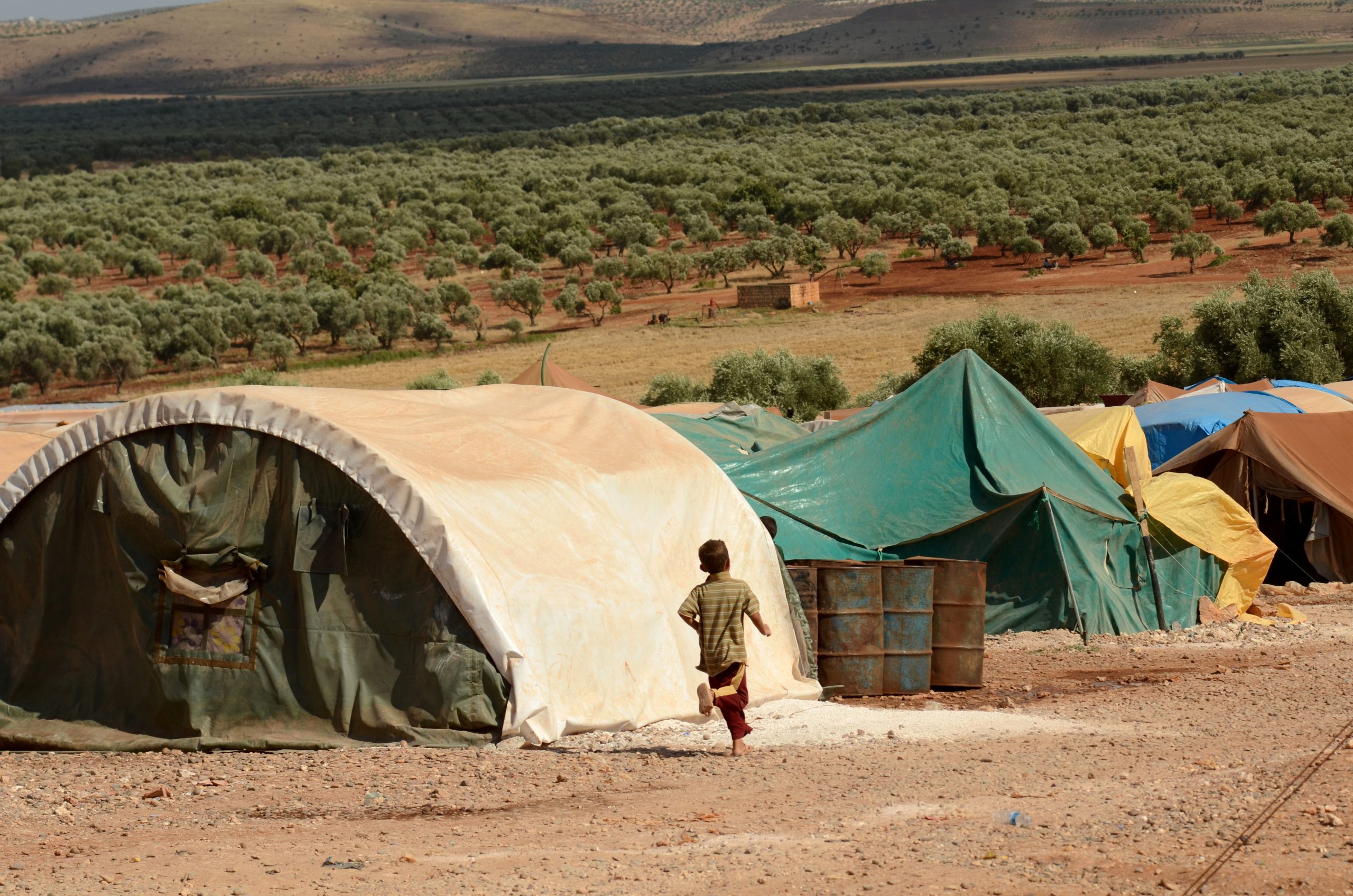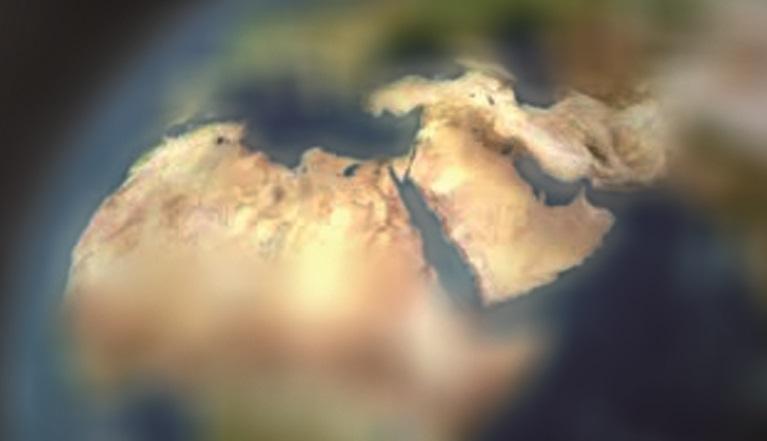Orient IV 2013 – Focus: Iran
Purchase the full Issue
26,00 €Add to basket
Access Issue with Subscription:
Log in or purchase a subscription with archive access to read this issue online.
Editorial
Dear ORIENT readers,
Not only have the Iranian presidential elections of June 2013 changed the political landscape in the country, they may very well also bear far reaching consequences for the entire region. The new president, Hassan Rouhani, is – unlike his predecessor – a centrist who managed to win a considerable amount of the reformist vote. While clearly belonging to Iran’s political establishment, Rouhani has chosen a moderate tone since taking office – first and foremost concerning the dispute about Iran’s nuclear program. Rouhani, who is considered a protégé of former president Ali Akbar Hashemi Rafsanjani, seems to be trying hard to end his country’s status as an international pariah. While Iran has asserted itself as a regional power and an important player also in the Syrian conflict, western sanctions have taken a heavy toll on the country’s economy: Industrial production is eroding rapidly and oil revenues are decreasing, while unemployment is on the rise. With these and other internal challenges, Rouhani has good reasons to reach out to the United States and other western powers. In their article, Professor Anoush Ehteshami and Dr. Luciano Zaccara analyse the background of the Iranian presidential elections and the victory of Hassan Rouhani. Dr. Rouzbeh Parsi provides an overview of the internal and external challenges facing the new administration after the eight years of Ahmadinejad’s rule. Professor Dr. David Menashri is sceptical about the Iranian system’s ability to change with the election of the new president and examines the probability of a policy shift in key policy issues. Dr. Arshin Adib-Moghaddam unravels the foundations of power on the Islamic Republic’s system of the Velayat-e faqih and uncovers the trend towards a pragmatist-realist approach. Saleh Zamani explores the role of social forces in Iran with a special emphasis on the new middle class. Dr. Liora Hendelman-Baavur analyses the Islamic Republic’s policy towards the internet and its prospects under the new administration. Dr. Sanam Vakil looks into the emergence and development of the Iranian women’s movement and its engagement in political campaigns. Arastu Salehi deals with Iran’s nuclear program and tackles western misperceptions regarding Iran’s current geostrategic and economic interests. Alexander Niedermeier outlines the Iranian military strategy with special regard to its capabilities in the field of cyber warfare. David Ramin Jalilvand reviews the recent developments in the Iranian oil and gas sector and gives an overview of the challenges ahead. And in conclusion, Dr. Fred H. Lawson analyses the most recent developments in the civil war raging within the boundaries of Iran’s most important regional ally: Syria. I wish you an enjoyable reading.
Sincerely yours,
Dr. Gunter Mulack
Director of the German Orient-Institute
